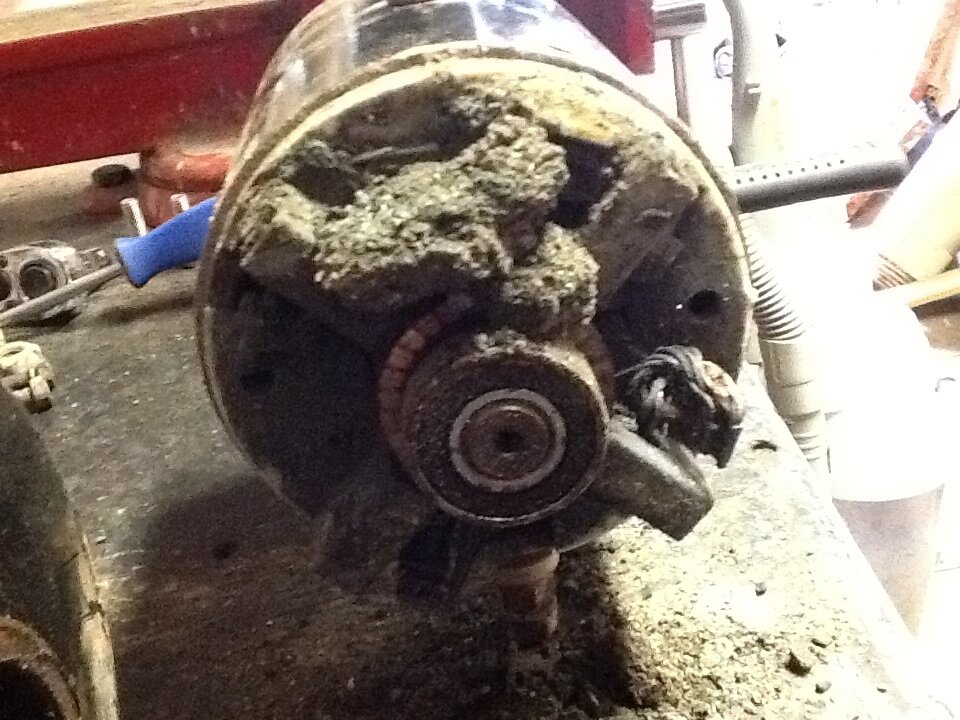Hi Frank I am familiar with the physics of sudden cooling and reduction in pressure and the fact that the starter receives heat from the engine, but all this plunging into cold water etc etc, I wish I got chance to do that. I feel that you are not perhaps seeing things from the perspective of my truck in my world here. I cannot see how / why cooling the starter would actually draw muck in where it does. Cooling something that is essentially open at the end wouldn't act like that in my view especially as there is a vent. My point is that with the solenoid acting as a piston there is a very local and sudden potential for pressure changes in exactly the area where the dirt is.
Like Clive, I don't buy the truly sealed bearing idea either. The bearings have a push fit shroud on them, but to think that they are much more than dust shield is a bit fanciful if I am honest. Dirt and grit perhaps and to retain the grease, but more than that is doubtful I think. I perhaps need to think where I could put a breather and sit back and wait, eh?
Like Clive, I don't buy the truly sealed bearing idea either. The bearings have a push fit shroud on them, but to think that they are much more than dust shield is a bit fanciful if I am honest. Dirt and grit perhaps and to retain the grease, but more than that is doubtful I think. I perhaps need to think where I could put a breather and sit back and wait, eh?









